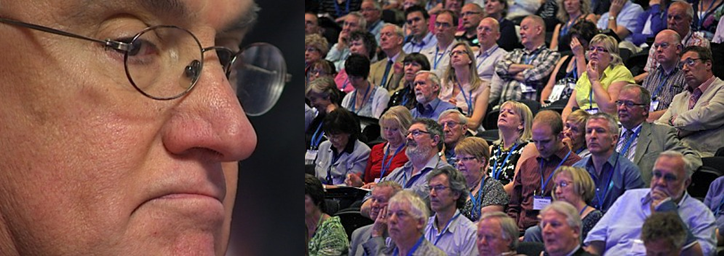
Michael Wilshaw’s Christmas present to the nation – that one third of secondary schools were failing to improve, and some were even backsliding – came as a bit of a jolt. After all the upward exam trends of recent years and the constant release of stories by the government on how Academy status had ushered in a new era of excellence, this was a ‘corrective’ movement, as they say in financial markets.
Less than inspiring school leaders were the cause, Wilshaw claimed, although he could have added that by lifting the goalposts and moving them further along the field, a larger number of schools were always going to find themselves in the drop zone.
The government would have found the statement as equally sour as school leaders, for Wilshaw also said that it had made no difference whether the schools were Academies, Free Schools or state schools. Failure to improve was evident across the board and much more marked in secondary than in primary. Indeed, many of the advances and innovations made in the primary sector were being squandered by secondary schools.